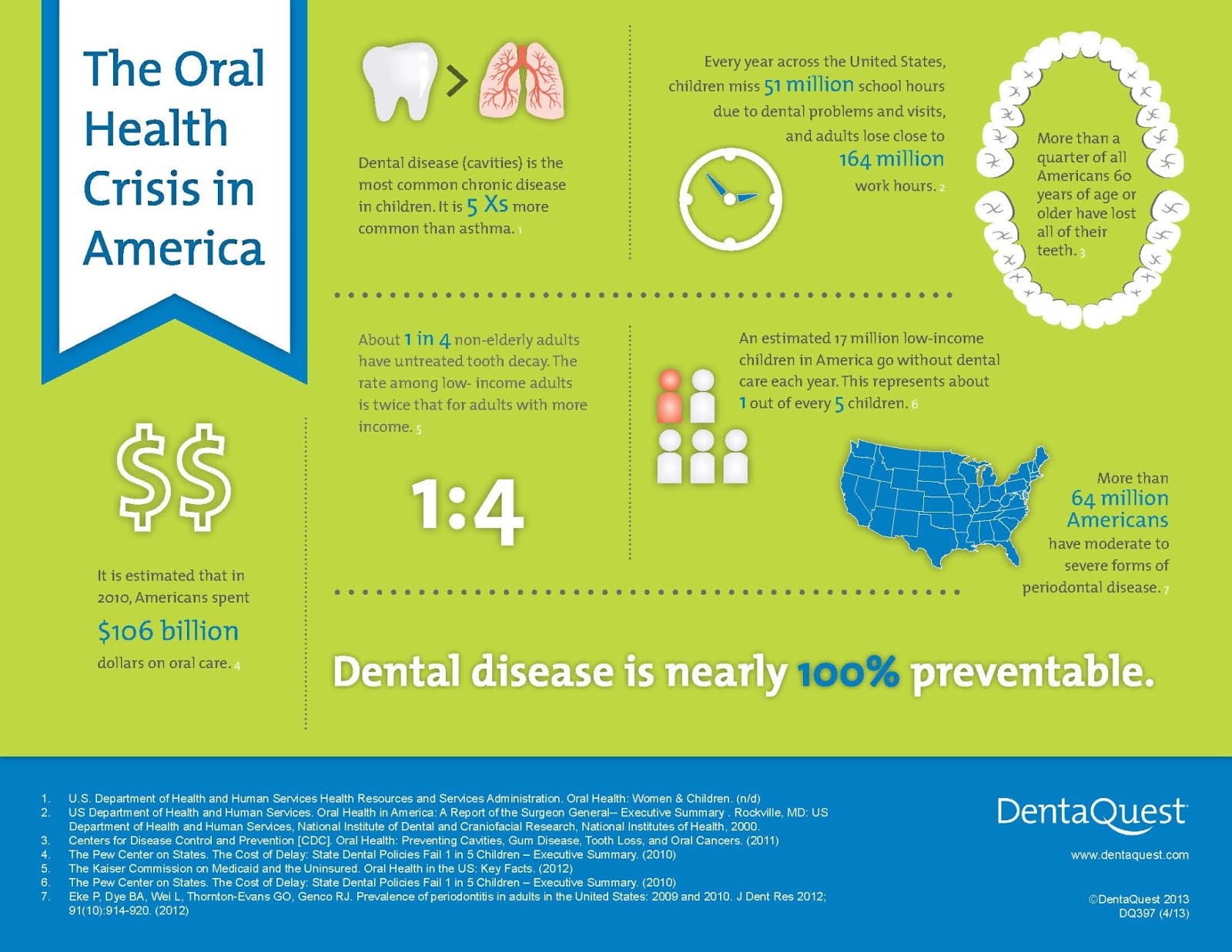Examine The Sophisticated Technologies That Are Transforming Oral Surgery. Discover What The Future Holds For This Field And Keep On Your Own Notified. Click Currently For A Special View Of Upcoming Improvements
Examine The Sophisticated Technologies That Are Transforming Oral Surgery. Discover What The Future Holds For This Field And Keep On Your Own Notified. Click Currently For A Special View Of Upcoming Improvements
Blog Article
Write- springtime family dental -Hermansen Jefferson
Invite to the globe of dental surgery, where developments and advancements are shaping the future of the area! In this interesting realm, you'll witness the transformative power of robotics, the innovative wonder of 3D printing, and the game-changing impact of minimally intrusive strategies.
The future of dental surgery holds a guarantee of precision, efficiency, and boosted client results. With the help of advanced robotics, doctors are able to do intricate procedures with greater precision and control.
3D printing innovation is changing the production of oral implants and prosthetics, providing personalized solutions that fit effortlessly into each person's one-of-a-kind composition.
In addition, minimally intrusive techniques are decreasing post-operative pain and recovery time, permitting individuals to return to their lives sooner.
Prepare to check out the interesting advancements and developments that are reshaping the landscape of dental surgery!
Developments in Robotics
One major innovation in oral surgery is the use of robotic technology, which allows for exact and efficient operations. With https://www.newsweek.com/kitten-teeth-growing-out-his-mouth-melts-hearts-needs-invisalign-1769112 of robot systems, oral specialists have the ability to carry out intricate surgical procedures with improved precision, lessening the danger of human mistake.
These robotic systems are furnished with advanced imaging modern technology and exact instruments that make it possible for cosmetic surgeons to navigate through detailed physiological frameworks effortlessly. By utilizing robotic modern technology, doctors can attain better surgical precision, causing improved patient results and faster recovery times.
In addition, using robotics in oral surgery enables minimally invasive treatments, decreasing the injury to bordering tissues and promoting faster healing.
3D Printing in Oral Surgery
To enhance the field of oral surgery, you can discover the subtopic of 3D printing in dental surgery. This ingenious technology has the prospective to reinvent the method oral specialists operate and treat patients. Here are four crucial ways in which 3D printing is shaping the field:
- ** Customized Surgical Guides **: 3D printing enables the creation of extremely precise and patient-specific surgical overviews, boosting the precision and performance of procedures.
- ** Implant Prosthetics **: With 3D printing, oral surgeons can create personalized implant prosthetics that completely fit an individual's one-of-a-kind anatomy, leading to much better results and patient fulfillment.
- ** Bone Grafting **: 3D printing allows the manufacturing of patient-specific bone grafts, lowering the demand for conventional grafting strategies and enhancing recovery and healing time.
- ** Education and learning and Training **: 3D printing can be utilized to produce reasonable surgical versions for instructional functions, permitting dental cosmetic surgeons to exercise complex treatments prior to executing them on people.
With country dentistry to enhance accuracy, customization, and training, 3D printing is an exciting development in the field of dental surgery.
Minimally Intrusive Methods
To further advance the area of dental surgery, accept the potential of minimally intrusive strategies that can greatly benefit both doctors and clients alike.
Minimally intrusive strategies are transforming the area by reducing surgical trauma, minimizing post-operative pain, and speeding up the healing process. These techniques entail utilizing smaller sized cuts and specialized instruments to perform procedures with accuracy and efficiency.
By using sophisticated imaging technology, such as cone beam of light computed tomography (CBCT), cosmetic surgeons can accurately plan and implement surgeries with very little invasiveness.
Additionally, using lasers in oral surgery permits accurate tissue cutting and coagulation, leading to decreased bleeding and decreased recovery time.
With minimally intrusive techniques, patients can experience much faster recuperation, lowered scarring, and enhanced results, making it an important element of the future of oral surgery.
Conclusion
So, as you can see, the future of oral surgery is unbelievably promising, with exciting innovations and advances forming the area.
From the developments in robotics to making use of 3D printing and minimally invasive methods, dental doctors are revolutionizing the means they give care.
While some may worry about the potential cost connected with these developments, it is necessary to keep in mind that these modern technologies inevitably enhance client end results and decrease recovery time, making them well worth the investment in the long run.
